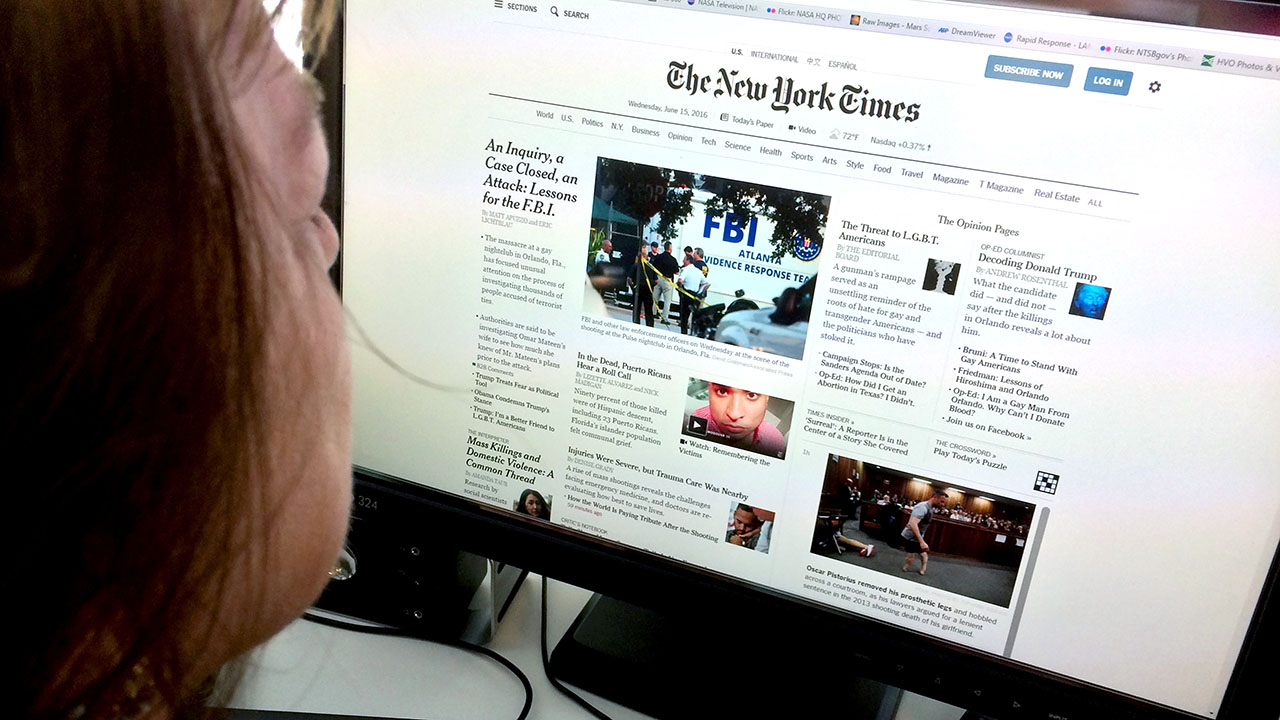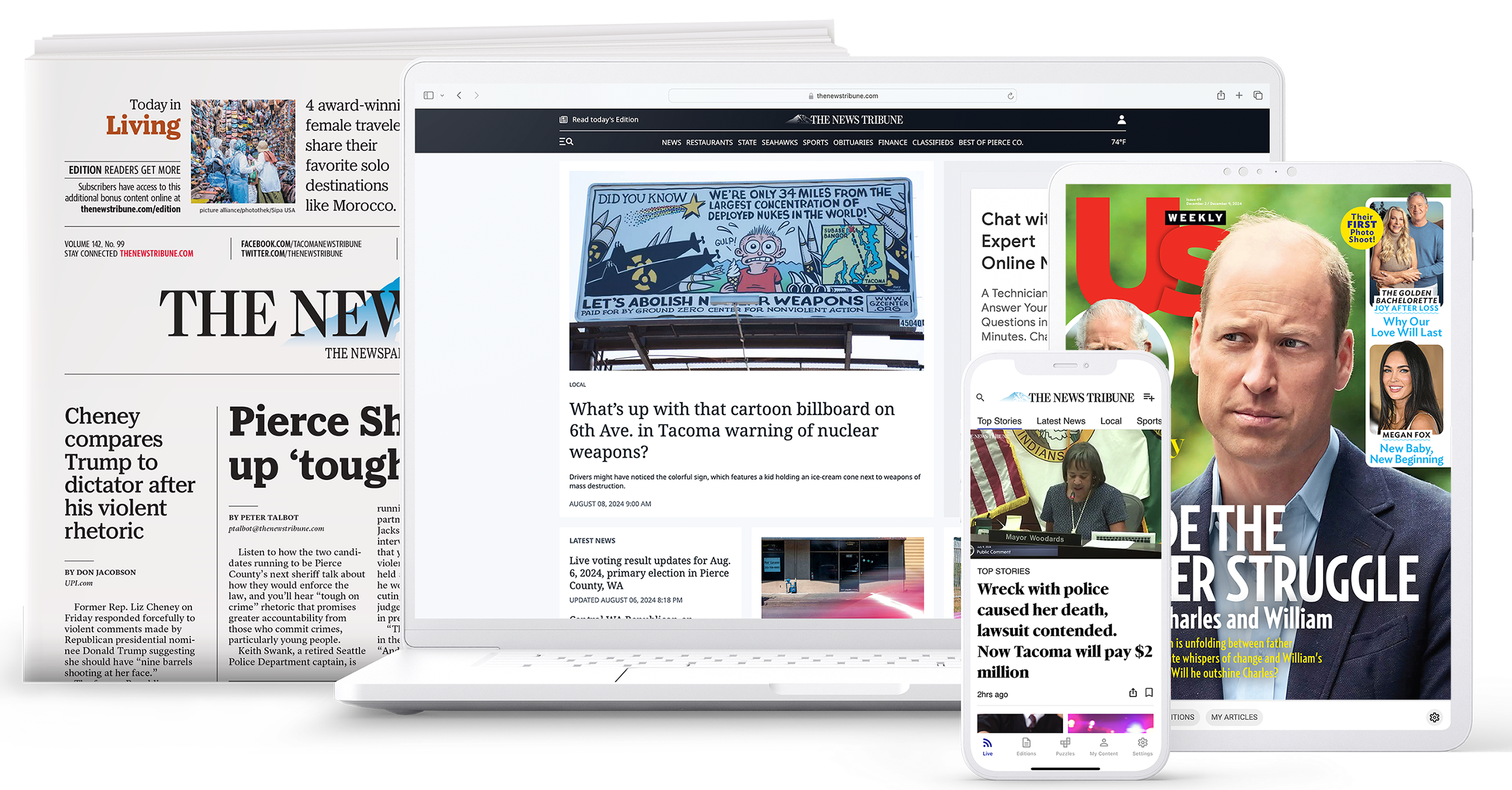The New User’s Guide to stnews.live Tools
Wiki Article
The Effect of Social Network on the Means We Eat News Online
Social media site has actually basically changed news usage. It gives immediate accessibility to details, often overshadowing typical media electrical outlets. This fast dissemination comes with difficulties. Users deal with the danger of encountering misinformation and coming to be entraped in echo chambers. The formulas driving individualized web content can cover diverse perspectives. As these characteristics progress, comprehending their implications comes to be essential for educated interaction in public discourse. What techniques might help browse this facility landscape?The Evolution of News Consumption in the Digital Age
As technology progressed, the method individuals eaten news transformed substantially in the digital age (stnews.live). Traditional papers and transmitted media started to decline as the net arised as a primary source of info. On the internet platforms offered instantaneous access to newspaper article, video clips, and podcasts, permitting users to stay informed at any type of time. The benefit of mobile phones better accelerated this change, making it possible for users to obtain updates on the goFurthermore, the surge of news aggregators and sites helped with the intake of diverse viewpoints, encouraging users to tailor their news intake based upon personal rate of interests. This advancement also prompted news organizations to adjust their techniques, focusing on electronic content and appealing viewers via multimedia layouts. Therefore, the typical obstacles of time and room in news delivery lessened, bring about a more prompt and tailored news experience for audiences worldwide.
The Function of Social Media Platforms in News Circulation
Social network platforms have transformed news distribution by giving immediate accessibility to info. Their algorithm-driven web content curation frequently prioritizes interaction over precision, bring about considerable integrity difficulties (stnews.live). As users browse this landscape, the effects for news consumption and public discourse ended up being increasingly complexInstantaneous News Accessibility
Typical news electrical outlets have long been the primary source of info, the increase of social media platforms has actually drastically transformed just how news is accessed and eaten. Immediate news gain access to has come to be a characteristic of the digital age, allowing users to receive updates in actual time. Platforms such as Twitter, Facebook, and Instagram permit news to spread quickly, commonly exceeding conventional media in rate and reach. Customers can share stories, comment on occasions, and involve with reporters, creating a dynamic interaction in between the target market and news material. This immediacy fosters a society of urgency, triggering customers to seek information rapidly. As a result, the expectation for timely news has actually reshaped journalistic techniques, engaging wire service to adjust their approaches to meet the demands of a hectic digital atmosphere.Algorithm-Driven Web content
While individuals actively engage with web content on social media sites, the algorithms that control these platforms play a crucial role in determining which news tales obtain visibility. These algorithms assess individual actions, choices, and engagement metrics to curate individualized news feeds. Consequently, certain stories might be amplified while others remain rare, often prioritizing thrilling or trending subjects over substantive coverage. This careful direct exposure forms users' understandings of current occasions and affects public discussion. The dependence on algorithm-driven content can produce resemble chambers, where customers are mostly revealed to viewpoints that align with their own ideas. The dynamics of news distribution on social media platforms significantly influence exactly how individuals take in and analyze details in the electronic age.Reputation Obstacles
As customers significantly turn to social networks for news, the trustworthiness of details encountered on these platforms comes to be a pressing concern. The decentralized nature of social media sites allows anybody to release content, frequently obscuring the lines between reliable journalism and false information. Algorithms focus on engagement over precision, resulting in the extensive circulation of thrilling or misleading tales. This atmosphere poses considerable obstacles for users attempting to recognize reliable sources. Social media site platforms, while striving to battle false information via fact-checking and material small amounts, face objection for disparities and prejudices in their approaches. Eventually, the obligation lies with individuals to critically examine the news they take in, as the fast spread of details frequently exceeds verification initiatives by platforms.The Increase of Person Journalism and User-Generated Web Content
The rise of citizen journalism has actually empowered everyday individuals to share news and perspectives, frequently providing understandings that traditional media might forget. This change additionally provides considerable difficulties, especially the spread of false information that can develop from unverified material. As user-generated content comes to be much more common, the balance in between authentic voices and accuracy in reporting remains a critical problem.Encouraging Day-to-day Voices

Challenges of False information
While the surge of resident journalism has actually opened opportunities for diverse voices in the media landscape, it has likewise introduced considerable challenges associated to misinformation. The simplicity of sharing info through social networks platforms enables individuals to share news quickly, but this fast spread often comes at the cost of precision. User-generated content frequently lacks the extensive fact-checking and editorial oversight that standard journalism supplies. Sensationalized or false narratives can acquire grip, misguiding audiences and forming public assumption. In addition, the mixing of point of view and truth within social media sites complicates the difference in between reliable info and false information. Because of this, customers need to browse a progressively complicated media environment, needing crucial thinking abilities to recognize trustworthy news resources in the middle of the noise
False information and Its Ramifications for Public Discourse
As social media sites platforms significantly control the landscape of information circulation, the proliferation of false information positions substantial difficulties for public discourse. False information, often created to misdirect or provoke psychological actions, can misshape assumptions of reality and weaken trust in qualified sources. This phenomenon causes polarized perspectives, as individuals are attracted in the direction of resemble chambers that strengthen their ideas, better setting divisions within society.The ramifications for public discourse are profound. When residents count on false info, meaningful dialogue reduces, and the autonomous procedure suffers. False information can provoke worry and confusion, affecting public health and wellness, security, and political stability. Therefore, fostering media literacy ends up being crucial, encouraging people to seriously assess info and discern truth from fiction. Dealing with the difficulties presented by false information is crucial for maintaining the integrity of public discourse and making certain a knowledgeable population qualified of participating in constructive conversations.
The Influence of Formulas on News Visibility
Given the central role of formulas in identifying content visibility, their influence on news consumption is extensive. These algorithms, utilized by social media systems, focus on particular kinds of material based on individual interaction and preferences. Consequently, news posts that straighten with popular patterns or target market rate of interests are most likely to be shown prominently, while much less marvelous stories may be forgotten. This develops an atmosphere where users are revealed mostly to information Extra resources that reinforces their point of views, potentially leading to echo chambers.The continuous development of formulas means that news companies need to adjust their techniques to straighten with these altering criteria, commonly prioritizing clickbait or psychologically charged headings. Consequently, the stability of news coverage can be compromised, as important stories might not obtain the exposure they should have. The algorithmic shaping of news exposure for that reason plays a necessary role in influencing public perception and understanding of current events.
The Shift Towards Aesthetic Storytelling in News Media
Increasingly, news media is embracing aesthetic storytelling as an effective device to engage target markets. This strategy leverages images, videos, infographics, and interactive aspects to communicate details much more properly than typical text-based formats. As attention extends shorten, visuals provide a quick, impactful way to interact complicated tales official statement and get hold of audiences' rate of interest.Systems like Instagram and TikTok have more increased this trend, compelling news organizations to adapt their material methods to fit these visually-driven atmospheres. By integrating compelling visuals, news outlets can enhance emotional links and foster better understanding of topical issues.
Furthermore, aesthetic storytelling enables for more diverse stories, showcasing several point of views through vibrant presentations. As target markets significantly eat news with smart phones, the shift towards visuals not just deals with user choices yet also aids to damage down barriers to info gain access to. Ultimately, this evolution shows a broader makeover in exactly how news is produced and eaten in the digital age.
Future Trends: Navigating the Changing Landscape of News Intake
While the digital landscape remains to advance, news usage is positioned for considerable transformation driven by arising innovations and changing target market behaviors. As fabricated intelligence and equipment understanding advancement, personalized news feeds will certainly end up being much more common, enabling individuals to receive content tailored to their passions. This personalization can lead to better interaction yet additionally elevate problems about echo chambers and false information.In addition, the increase of voice-activated devices and clever speakers will certainly influence exactly how news is supplied, shifting the focus from aesthetic to acoustic formats. This trend might urge wire service to embrace even more succinct and interesting audio material.

Regularly Asked Concerns
Exactly How Do Social Media Site Interactions Affect News Integrity?
Social network interactions can greatly affect assumptions of news integrity. Interaction metrics, such as sort and shares, commonly shape audience trust, with popular messages gaining regarded legitimacy, no matter the precision or dependability of the information offered.What Duty Do Influencers Play in Shaping News Narratives?
Influencers considerably shape news stories by leveraging their platforms to intensify specific stories, usually tailoring web content to their target market. This can result in prejudiced viewpoints, affecting public assumption and focusing on sensationalism over valid coverage.How Can Users Identify Reliable News Sources on Social Media?
Users can recognize trustworthy news sources on social media sites by checking the source's credibility, confirming facts with multiple outlets, reviewing the expertise of the content, and identifying possible biases in reporting to ensure exact information.What Effect Does Social Media Have on Standard Journalism Jobs?
Social media site significantly influences traditional journalism tasks by modifying revenue designs, minimizing need for print media, and fostering competitors from person journalists. Numerous experts encounter job insecurity and need to adjust to rapidly altering media landscapes.Exactly How Do Different Demographics Consume News on Social Media Site?
Various demographics exhibit varied preferences for news consumption on social networks. Younger audiences prefer systems like TikTok and Instagram for fast updates, while older people often tend to prefer Facebook and Twitter for much more extensive discussions and posts.Report this wiki page